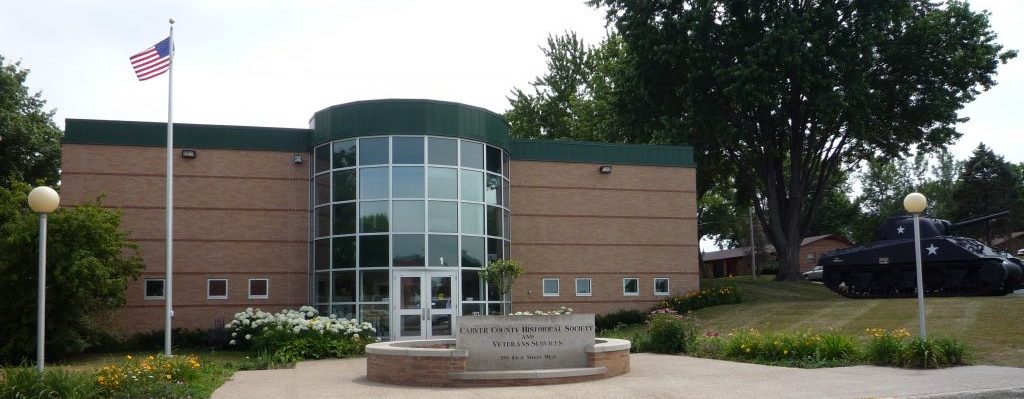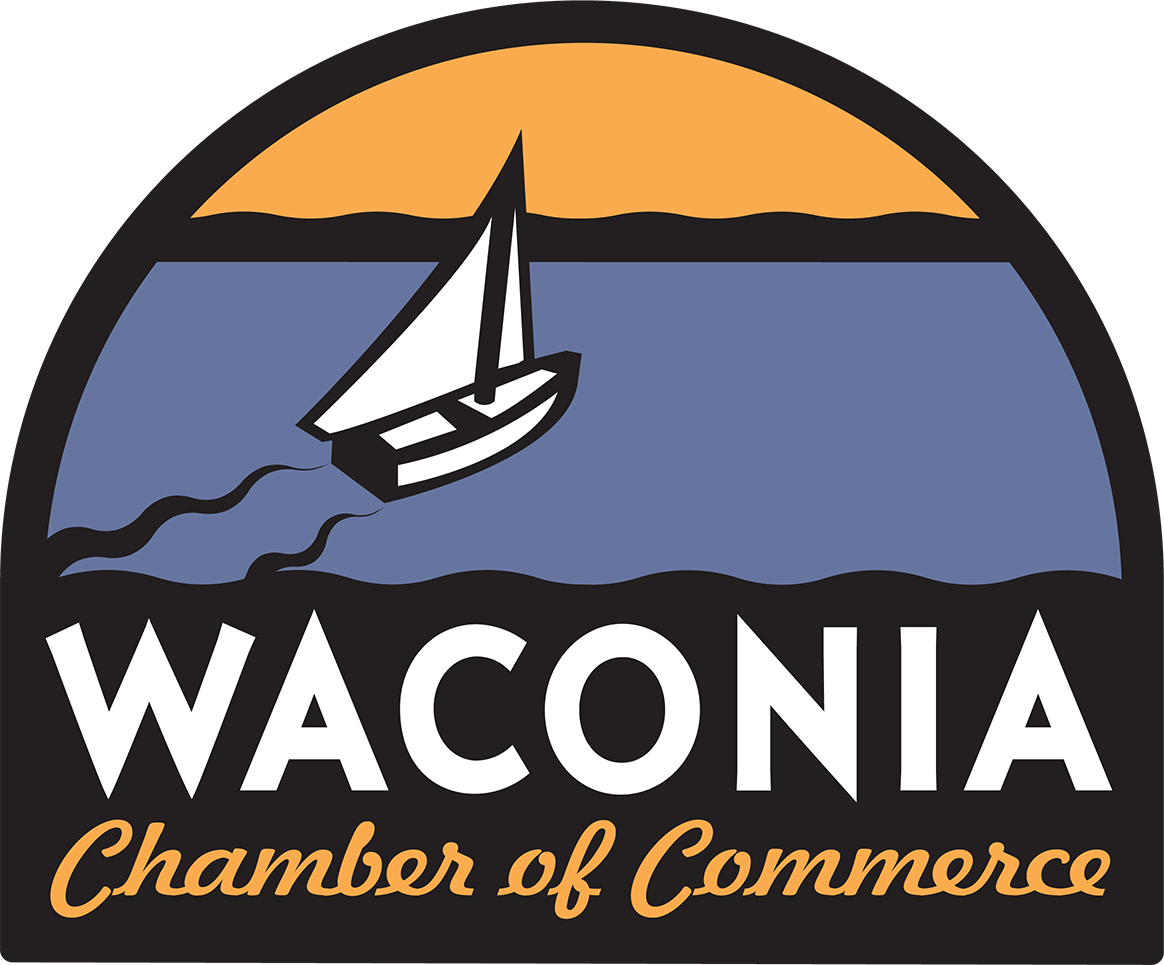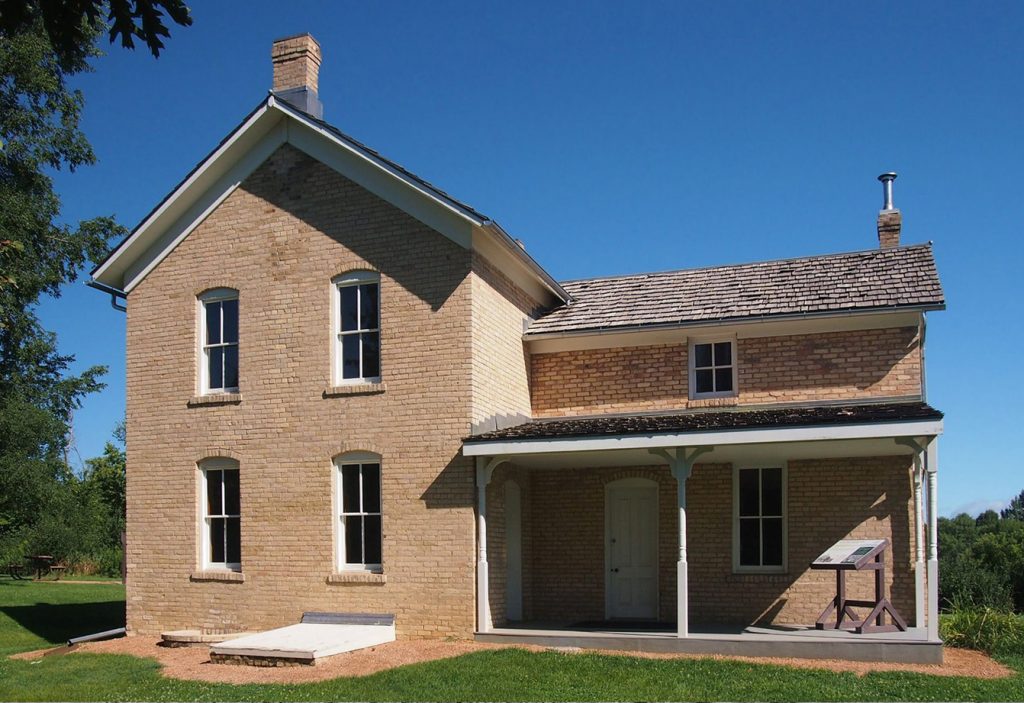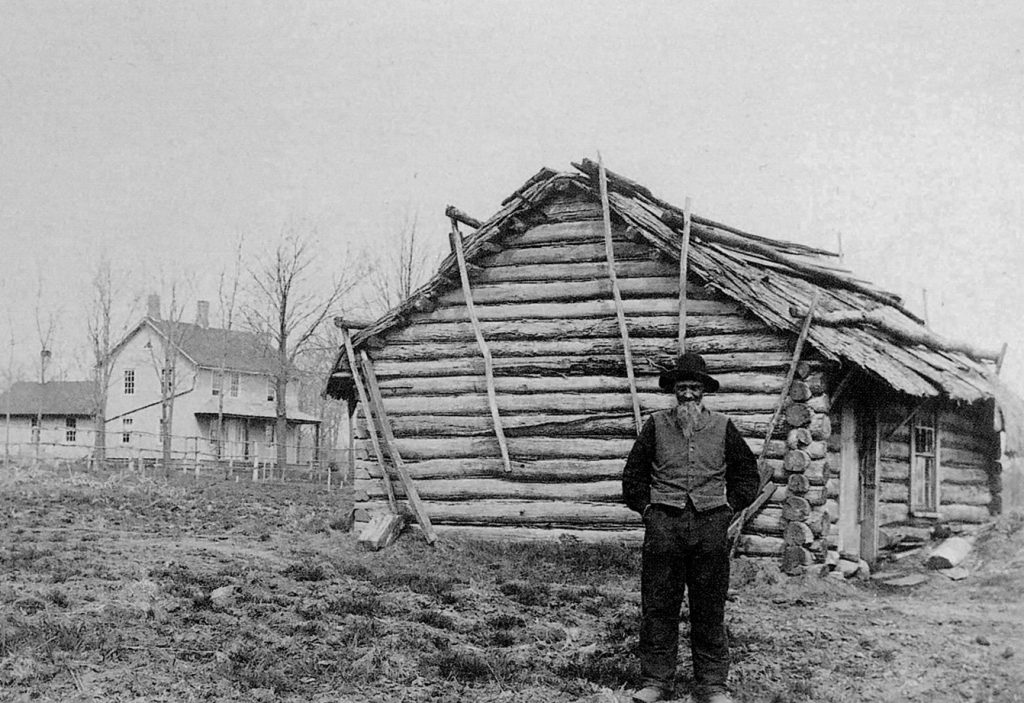A brief history…
Dakota groups lived in the Waconia area near Lake Waconia for over 10,000 years. They called the lake Meday Wa Ko Ni Ya, which meant “lake of the fountain” or “lake of the spring.” Contemporary Dakota translate it as “out of the water comes life.” Early settlers adopted this name for the lake and the town; over time, it evolved into “Waconia.” Today, visitors can learn about and celebrate the area’s heritage at the Carver County Historical Society.
Waconia incorporated as a village in 1880. Development of Coney Island on Lake Waconia in 1884 led to the growth of Waconia as a summer tourist destination. Tourists spent days, weeks, or the whole summer in Waconia. The town and island resort was known as the “Paradise of the Northwest.” In 1886, the new Hutchinson Branch of the Great Northern Railroad opened, running just north of Lake Waconia, bringing even more tourists. Today, Waconia continues its tourism heritage, welcoming tens of thousands of visitors to its downtown, lakes, parks and trails. Those numbers skyrocket during the area’s many annual tourism events like the Carver County Fair, which draws over 100,000 fairgoers to the area.

National Register of Historic Places
- Emile Amblard Guest House
- Coney Island of the West
- Charles Maiser House
- Mock Cigar Factory and House
- Andrew Peterson Farmstead
- Waconia City Hall
- West Main Street Houses
Carver County Historical Society

Waconia is home to the Carver County Historical Society. A vibrant museum, and library that has a wealth of information about Carver County and Waconia. The historical Society also operates the Andrew Peterson Farm, an international treasure.
Grimm Farm
The Wendelin Grimm Farmstead is a historic farm site near Waconia located within Carver Park Reserve. It has been celebrated as the birthplace of the Dairy Belt thanks to the successful seed saving practices of the Grimm family, which resulted in the first winter-hardy alfalfa in North America.
Andrew Peterson Farm
The significance of the Andrew Peterson Farm has a lot to do with the internationally famous Andrew Peterson diaries, his work with apples, and the formation of the Scandia Baptist Church.



